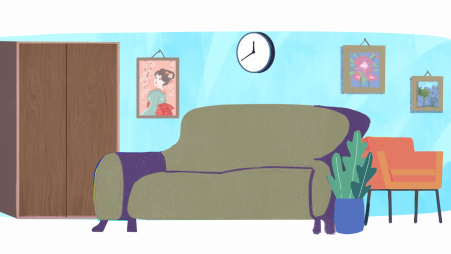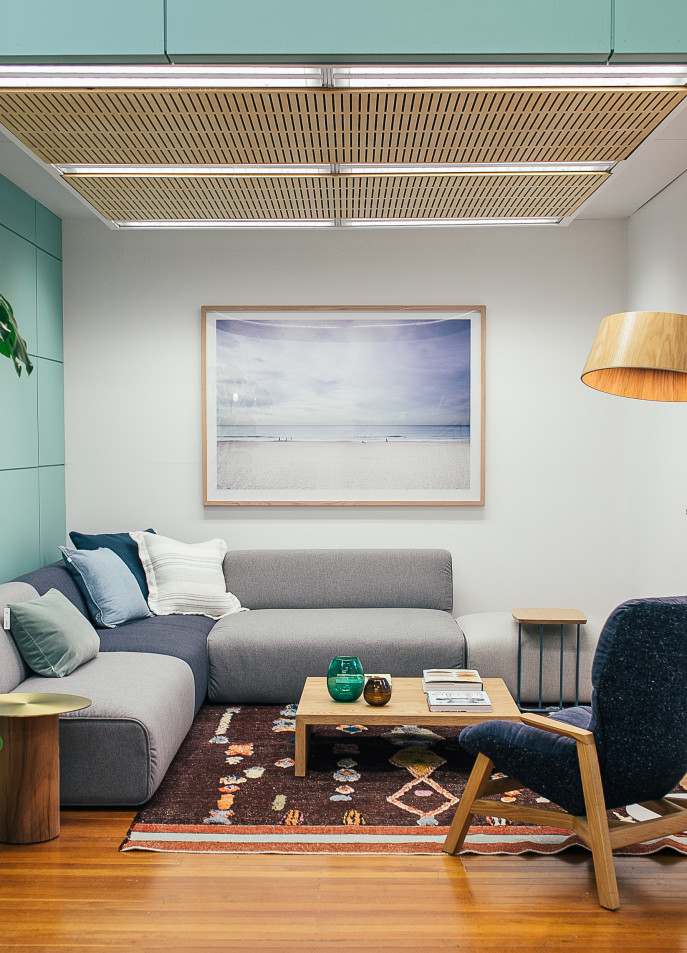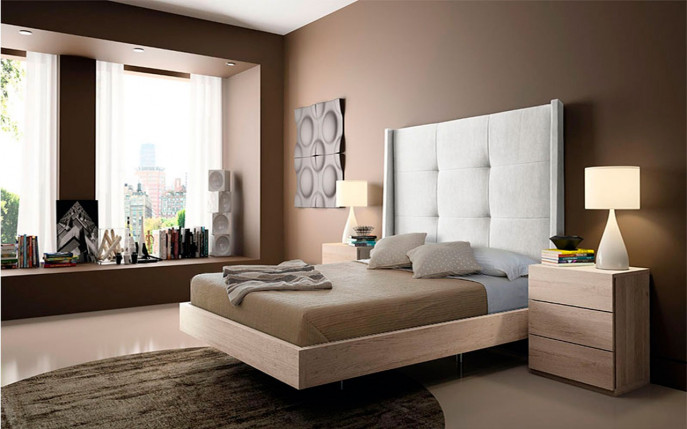Classical schools of architectural theory like Feng Shui, Kanso, and Vastu Shastra concentrate on restoring a balance between individuals and the homes they live in
Illustration: FFB
“>

Illustration: FFB
During a visit to a friend’s bungalow in Khulna, I was given a very unique house tour. The gate I had entered from wasn’t the main entrance. The main entrance was placed in the north side of the building to negate the ill spiritual effects, a practice of Vastu Shastra.
This experience led me to explore the classical schools of architectural theory like Feng Shui and Kanso, and Vastu Shastra. All these ancient bodies of knowledge concentrate on restoring a balance between individuals and the homes they live in.
Feng Shui, Vastu Shastra and Kanso philosophy
The ancient Chinese tradition of Feng Shui asserts that it can create harmony between people and their surroundings by using spiritual energies. ‘Feng Shui’ roughly translates to ‘wind-water’. It evaluates the natural surroundings as well as Chinese cosmology. The system correlates your birth date and time with the motion of celestial objects.
Vastu Shastra (dwell science), an Indian traditional architectural system, on the other hand, emphasizes the craft of arrangement. It updates the homes’ spatial positions and the materials within them in accordance with the four directions – east, west, north, and south and the five fundamental forces of air, water, fire, earth, and space.
However, Zen (which means meditation in Japanese), in the context of interior design, represents balance, harmony, and relaxation. It places a strong emphasis on Kanso (simplicity), which is one of the seven pillars of Wabi-sabi (Japanese aesthetic concept).
According to the Kanso philosophy, elimination and excision of jumbles from space is the key to achieving aesthetic and spatial refinement.
Vastu Shastra suggests going for lighter wall colors and decorating the space with pictures of smiling people, gorgeous scenery. Photo: Pexels.com
“>

Vastu Shastra suggests going for lighter wall colors and decorating the space with pictures of smiling people, gorgeous scenery. Photo: Pexels.com
living room
If you are going to incorporate Feng Shui within a compact living room design or a large space, follow the Commanding Position concept when placing objects. Ideally, the couch should face towards the living room door.
If that is not doable, install a wide glass window where you can view the image of the entranceway while seated on the couch. Light-colored parquet or marble floors, as well as white or light-colored panels, can help a living room feel airy.
Similarly, Vastu Shastra suggests going for lighter wall colors and decorating the space with pictures of smiling people, gorgeous scenery, and other upbeat subjects that contribute to the pleasant vibe of a space. Furthermore, it is important to maintain the décor in the southern and western corners and the windows facing north or northeast, to create a calm and friendly atmosphere.
On the other hand, instead of putting emphasis on positions and directions, Kanso focuses on the inherent appeal of objects. It suggests using simple and light decor. As long as they adhere to the basic concept, you are free to hang the artworks and pictures whichever way you like.
To Feng Shui your bedroom choose undertones, such as off-white, cream, chocolate, or peach. Photo: Needpix.com
“>

To Feng Shui your bedroom choose undertones, such as off-white, cream, chocolate, or peach. Photo: Needpix.com
Feng Shui says that your bed’s head should be directed towards the East. It symbolizes innovation and a fresh start for everything that is good. You should also choose undertones or subdued hues found in nature, such as off-white, cream, chocolate, brown, or peach tones, to create a relaxed atmosphere and positive energy in your bedroom.
On the other hand, according to Vastu Shastra, a bed facing north will help you save money, assets and essential materials. The southwest corner of the room is the ideal location for cabinets and storing collections, but the mattress should never be placed in the middle. Moreover, white is the perfect color for a bedroom, according to Vastu, as it denotes minimum hostility.
On the other hand, Kanso demands that anything that is not necessary be removed. Only include a bed, a table, and a chair in your bedroom if you need it. If you are truly committed to implementing the Kanso philosophy, you might even think about eliminating everything from your walls. You will feel better and relaxed once you clear out the superfluous mess.
Kanso recommends keeping less clutter in the kitchen and more room for useful cabinets and equipment. Photo: Pexels.com
Kanso recommends keeping less clutter in the kitchen and more room for useful cabinets and equipment. Photo: Pexels.com